Choosing Your Gym: Free Weight Zone
[Korean version: 헬스클럽 제대로 고르는 법: 프리 웨이트 존 (Free Weight Zone)]
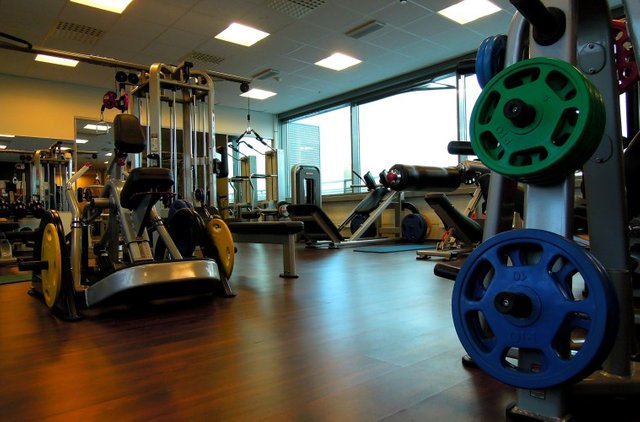
Imagine if you are a novice to working out. You want to get a membership to a gym, but all you have is some experience following a promotion from a local gym for 1-2 months. Because of your financial status, it’s not feasible to get expensive personal training sessions. For beginners like these, would it be the best option to opt in for the biggest, the most luxurious fitness centers? Nope, not really.
Let’s think about a typical gym. There are numerous press and cable machines in the center; there are tons of treadmills by the scenic window panes. Like this, most fitness centers are seemingly similar in design. But what will distinguish your gym from the rest? The answer is the free weight zone. Free weight zone is the space dedicated to free weights, where people can exercise with dumbbells, barbells, and their own weights as loads.
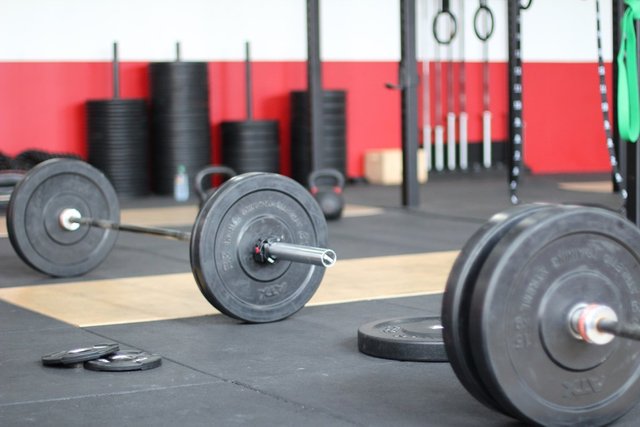
In fact, cable machines and other press machines were initially designed for medical purposes to help people recover from various accidents or illnesses. This is precisely the reason for there being many press/cable machines in rehab centers and exercise therapy rooms. The intentions were different from the very start — fully-functioning, healthy people had been using these machines that were originally designed for medical purposes! Cable machines mechanically demand for a very absurd movement from its trainers. The machines’ limiting structure also limits the range of motions from the person training on it. Every person with different body size, frame, flexibility, and range of motion are reduced to move in the exact same way. To add, the machines output a consistent force of resistance from start to finish even when natural movements are designed to have different forces of resistance from start, middle, to finish.
Furthermore, the isolation exercises that target very specific muscle groups jeopardize our body’s natural balance. This is especially the case for the beginners. Let’s take for an instance the two machines that we might have all encountered before. Leg extensions and leg curls are two of the most commonplace press machines that strengthen your lower body. Leg extensions target your front quadriceps while leg curls stimulate the muscle groups around your hamstrings. But let’s think for a moment. Out of the natural bodily movements that we engage in, are there any movements that only require our quadriceps or hamstrings?
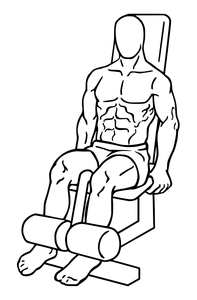
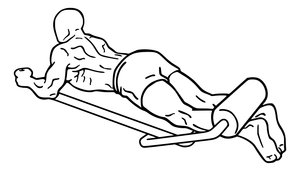
For beginners, it is best to not engage in isolation exercises that target specific muscle groups, but in compound exercises that require several or more muscle groups at once. To get used to working out and in finding out one’s own strengths and limits, one needs time to develop their muscles in balance. Isolation exercises are for the injured or people with imbalances in their bodies who want to strengthen a target area of their body. Unless you have a specific imbalance or an injury, you do not need to be doing isolation exercises.
The biggest differences between machine exercising and free weight exercising is that with free weights you only have your body to depend on. To do the exercises, your body need not shake or tremble. To maintain a stable body, we use our full mental and physical focus. Not only that, with free weights, one can maximize their range of motions with however much or less their flexibility allows them to push through. Because you are also trying to maintain your balance, you are not only training your strength, but also your skills in coordination and balance. In addition, with more muscle groups engaging, it is conducive to increasing muscle mass — and, of course, it burns more calories than machine exercises. Free weights are a suitable exercise that mimic everyday movements and combines many muscle groups simultaneously.
How about doing combinative squats and deadlifts instead of leg extensions and leg curls? Squats and deadlifts are the king of exercises. Both of these exercises demand a movement that squeezes your glutes and leg muscles together. This kind of movement simulates running and also sitting/standing up that are natural bodily movements in human body. Also, these two exercises are foundational to every sports exercise and everyday life as they target the hamstrings and quadriceps that act as a source of power. Lastly, the exercises also stimulates upper body strength as one is required to lift barbell or dumbbells against the gravity. The many muscle groups they engage makes it conducive for muscle development as a full-body exercise.
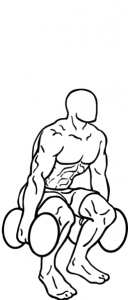
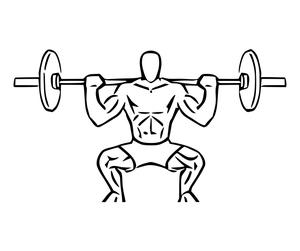
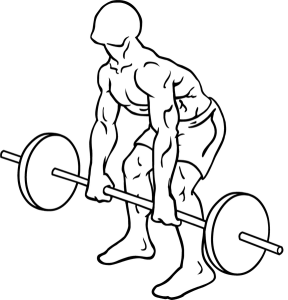
What I want to stress here, though, is to enlist professional’s help at least when it comes to squats and deadlifts. Foolishly trying to learn it by yourself, you may injure yourself. These two exercises that serve as a foundation to all exercises are worth spending some money in.
In choosing your gym, look at how well they organized their free weight zone. The array of press machines and cables are easy on the eyes and they are quick to seduce. And fitness centers that don’t have as much machines but have dedicated space for free weights may seem ‘empty’. But this goes to show that the gym owner has an appreciation for free weight exercises. Strength is what is required to ultimately become an expert that can confidently combine both isolation exercises and compound exercises in their repertoire. And to increase your strength, focus not on the fancy machines, but on the free-weight zone.
References
- 최영민. (2014). 불량헬스2 스트렝쓰편. 롤링다이스.
- 송영규. (2010). 피트니스가 내 몸을 망친다. 위즈덤하우스.
- 수피. (2014). 헬스의 정석: 종합편. 롤링다이스.
- Morgan, A. The Big 3 Routine. Retrieved from https://rippedbody.com/the-big-3-routine/
저도 기계는 왠지 무서워 보여서.. 맨몸 운동이나 덤벨이 낫겠어요.
미리님, 무릎은 안 좋고 허벅지 운동은 하고 싶고. 그러면 스콰트보다 브릿지가 날까요? 무릎 때문에 스콰트는 못하는데, 다들 무릎이 아프면 허벅지 강화 훈련을 하라네요. 무릎 안 아프면서 다리 운동 할 수 있는 게 뭐가 았을까요?
브리님 예전에 재활운동 하던건데 팔을 위로 쭉뻗고 스쿼트 하는 자세인데요
내려갈때 반만 내려가시면 괜찮으실꺼에요 ㅋㅋ
@bbooaae 답변 감사합니다! 저도 많이 배웁니다 :)
안 그래도 그룹 클래스 들을 때 스쿼트 하라고 하면 혼자만 엉거주춤 조금만 내려가요. 거울로 보면 혼자만 서 있는 거처럼 보여서 민망하긴 합니다. ^^; 그래도 어쩔 수 없죠.
안녕하세요 @bree1042님, 저 또한 무릎 부상이 있었는데요. 무릎이 아픈데 허벅지 강화 훈련을 하라는 건 허벅지로 버틸 수 있는 근력을 최대한 키우라는 의미예요. 다리 부상 있으신 분에게 맨몸 스쿼트만 한 운동이 없는데 스쿼트에도 종류가 여러가지예요. 풀스쿼트, 하프스쿼트 등등이요. 무릎이 아프다면 풀스쿼트로 앉을 필요는 전혀 없습니다. 본인의 가동 범위만큼만 내려가셔도 충분합니다. 그런데 여기서 주의해야 할 점은 (웬만큼 걸어다니는데 문제없다면) 운동 수행자 본인이 생각하시는 것보다 가동범위가 훨씬 더 나오는 경우가 대부분이에요. 코치님 혹은 트레이너님이 봐주시는 게 좋습니다. 그 이후로 횟수, 세트 수를 조금씩 늘여가고 가동 범위를 점차 넓히는 거죠! 나중에는 덤벨 그리고 바벨도 들고 하시고요 ;) 이 글이 도움됐으면 좋겠네요!
물어봤더니 다리를 벌리고 하면 더 낫다고 말해주더라고요. 그런데 스콰트 하고 나면 다음날 무릎이 더 아픈 거 같아서.. 겁이 나서 요새는 브릿지만 하고 있었어요. ㅠ.ㅠ